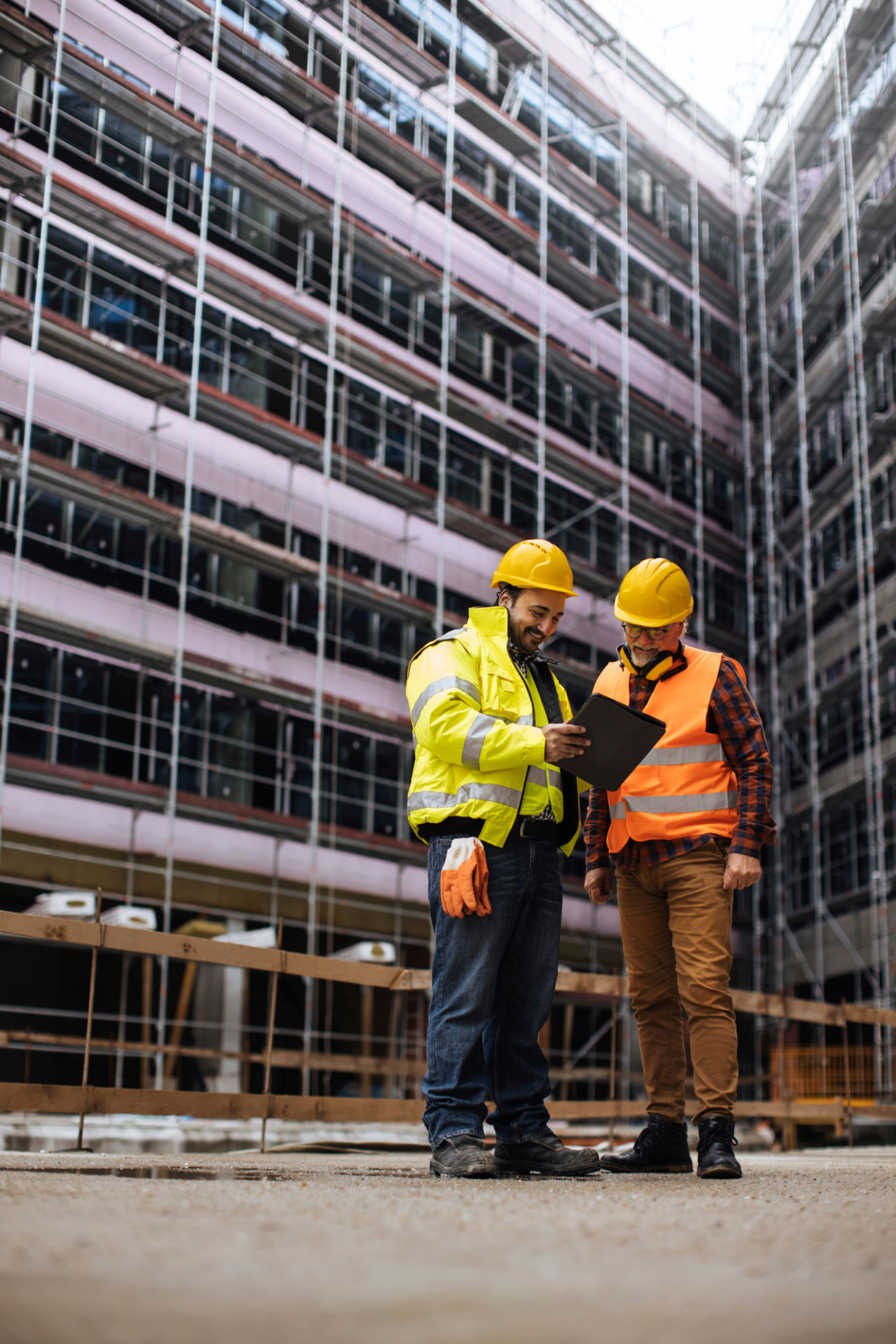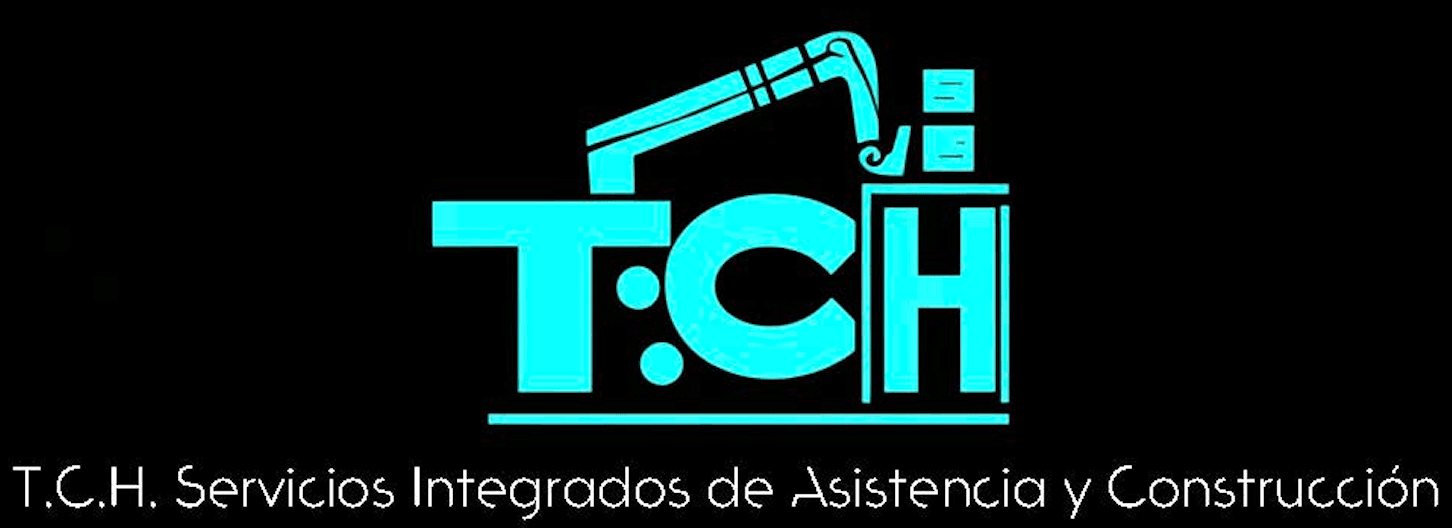Understanding the Latest Construction Trends in Mexico City
Introduction to Construction Trends in Mexico City
Mexico City, known for its vibrant culture and rich history, is also a hub of modern architectural innovation. As the city continues to expand, new construction trends are emerging, reflecting both global influences and local needs. Understanding these trends is crucial for anyone interested in the construction industry or urban development in this dynamic metropolis.
In recent years, Mexico City's construction landscape has been shaped by several key trends. These trends not only highlight the city's growth but also emphasize the importance of sustainability, technology, and architectural innovation in contemporary urban planning.

Sustainability and Green Building
Sustainability has become a central focus in Mexico City's construction industry. Architects and developers are increasingly prioritizing eco-friendly practices and materials to minimize environmental impact. This shift towards green building is evident in the use of energy-efficient systems, sustainable materials, and designs that enhance natural light and airflow.
Some of the most notable projects incorporate green roofs and walls, solar panels, and rainwater harvesting systems. These features not only reduce the carbon footprint but also contribute to the overall aesthetic appeal of buildings. As environmental concerns grow, sustainability will likely remain a driving force in Mexico City's construction sector.

Technological Integration
The integration of technology in construction is transforming how buildings are designed and constructed in Mexico City. With the rise of smart buildings, developers are incorporating advanced systems that enable better energy management, security, and comfort for occupants. These technologies include IoT devices, smart sensors, and automated controls.
Building Information Modeling (BIM) is another technological trend gaining traction. BIM allows for more efficient planning and collaboration among architects, engineers, and construction teams, reducing errors and improving project outcomes. As technology continues to evolve, its role in construction will undoubtedly expand.

Urban Density and Mixed-Use Developments
As Mexico City's population grows, urban density has become a key consideration in new construction projects. Developers are focusing on mixed-use developments that combine residential, commercial, and recreational spaces within a single area. This approach maximizes land use efficiency and creates vibrant, community-oriented neighborhoods.
Mixed-use developments offer numerous benefits, including reduced travel times for residents and increased economic activity. They also contribute to a more sustainable urban environment by encouraging walking and reducing reliance on cars. As space becomes more limited, these developments will play an essential role in accommodating Mexico City's growing population.
Preservation of Cultural Heritage
While modern trends are shaping new constructions, there is also a significant emphasis on preserving Mexico City's cultural heritage. Many projects incorporate elements of traditional Mexican architecture, ensuring that the city's rich history is not overshadowed by contemporary designs.
This blend of old and new is evident in adaptive reuse projects, where historic buildings are repurposed for modern use while retaining their original character. Such efforts not only preserve cultural landmarks but also enrich the city's architectural diversity.

Conclusion
The construction trends in Mexico City reflect a dynamic interplay between innovation and tradition. By embracing sustainability, leveraging technology, optimizing urban space, and preserving cultural heritage, the city is navigating its path towards a more sustainable and vibrant future.
As these trends continue to evolve, they will shape the city's skyline and influence how its residents live, work, and interact with their environment. Understanding these trends provides valuable insights into the future of urban development in one of the world's most fascinating cities.
